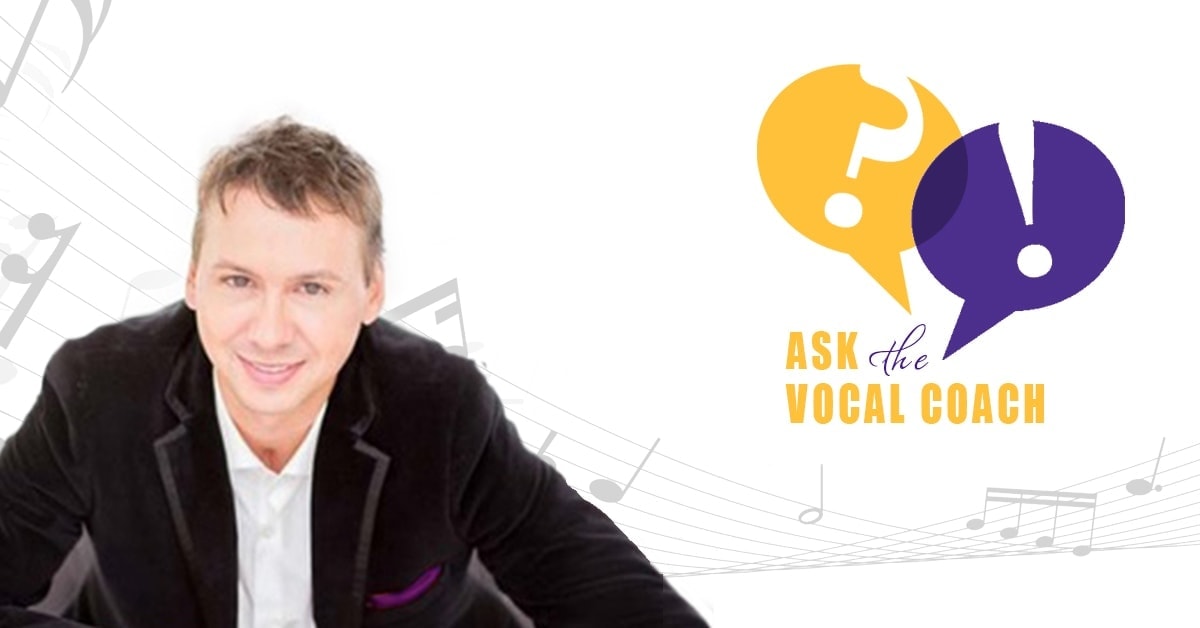I suppose, but I don't think it's necessarily a controversial subject, and I think it's helpful to those who are trying to get the most realism out of SynthV voices. Two years ago, the vocal coach I was assigned for my music degree, would coach me on how to better my classical singing and when to use my head voice etc... so it's not like I don't have personal experience here. I have been singing since I was just a young lad, so....
I'll leave everyone with this concept because I think it will help. There is a transition voice into the falsetto. Within that transition, a singer can either choose to go falsetto or strain their voice to hit the note, or "learn" techniques and breathing that won't strain the voice in that range. Once a singer goes past that transition voice, it's "ONLY" falsetto. At that point, the range of the singer's voice is too high for their chest voice or their head voice (By the way, I'm talking strictly males. For most females, it's just head voice and chest voice) A singer's falsetto is going to be specific to that singer. As more of a baritone singer, I am going to reach my falsetto range much sooner than a high tenor. This is why SynthV only has falsetto at certain notes for certain singers, because that is likely where the singer's falsetto range is authentically located for them. It is also important to note that I can't create falsetto below my transition range. It just doesn't sound the same if I tried. So the point is you can't just sing falsetto at will unless you are in your transition voice which, like I said, is specific to the person. For SynthV to be authentic to the voice, it would need to give us the option to manipulate falsetto only within that transition range. With singing practice techniques, you can learn to sing higher and higher which "might" alter where or how wide that transition range is, but I wouldn't know since I haven't really achieved as high of a voice as I'd like to sing, plus the fact that I have a vocal cord disorder that coincidentally developed after tonsil surgery about 15 years ago, so I'm just happy to just sing when my voice doesn't hurt to sing.
I'm certainly not trying to be argumentative. I think the topic is useful for SynthV users. It's also entirely possible that I am not always aware of when I sing certain notes in falsetto, and that it may happen more than I pay attention to. It's just not something I use to sing whole phrases with, but rather more like the case in the song "Natural" by Imagine Dragons- just here and there in order to still hit the note, which in that use case I don't think is as crucial for SynthV voices to have but would be cool. Furthermore, it's certainly more obvious to me when I'm singing falsetto in a choir doing high tenor (yes, I'm a baritone, but I can sing high tenor with the help of falsetto in choir situations) and I have to use it more often on full phrases just to stay on the pitch.
PS- I suppose that the transition voice "could" be considered the head voice. I've never thought about it like that. I'll have to think on that one and pay more attention when I'm singing, when it's not hurting ):



 I have sung a lot of both Solos in rock and jazz, church pop and sung in many choirs. I use falsetto mostly as a tenor in choir and very little in the other genres. I do hear falsetto in pop more than anywhere else and maybe those twangy transition notes in country but a lot of those twangy transitions to high notes are the head voice.
I have sung a lot of both Solos in rock and jazz, church pop and sung in many choirs. I use falsetto mostly as a tenor in choir and very little in the other genres. I do hear falsetto in pop more than anywhere else and maybe those twangy transition notes in country but a lot of those twangy transitions to high notes are the head voice.






